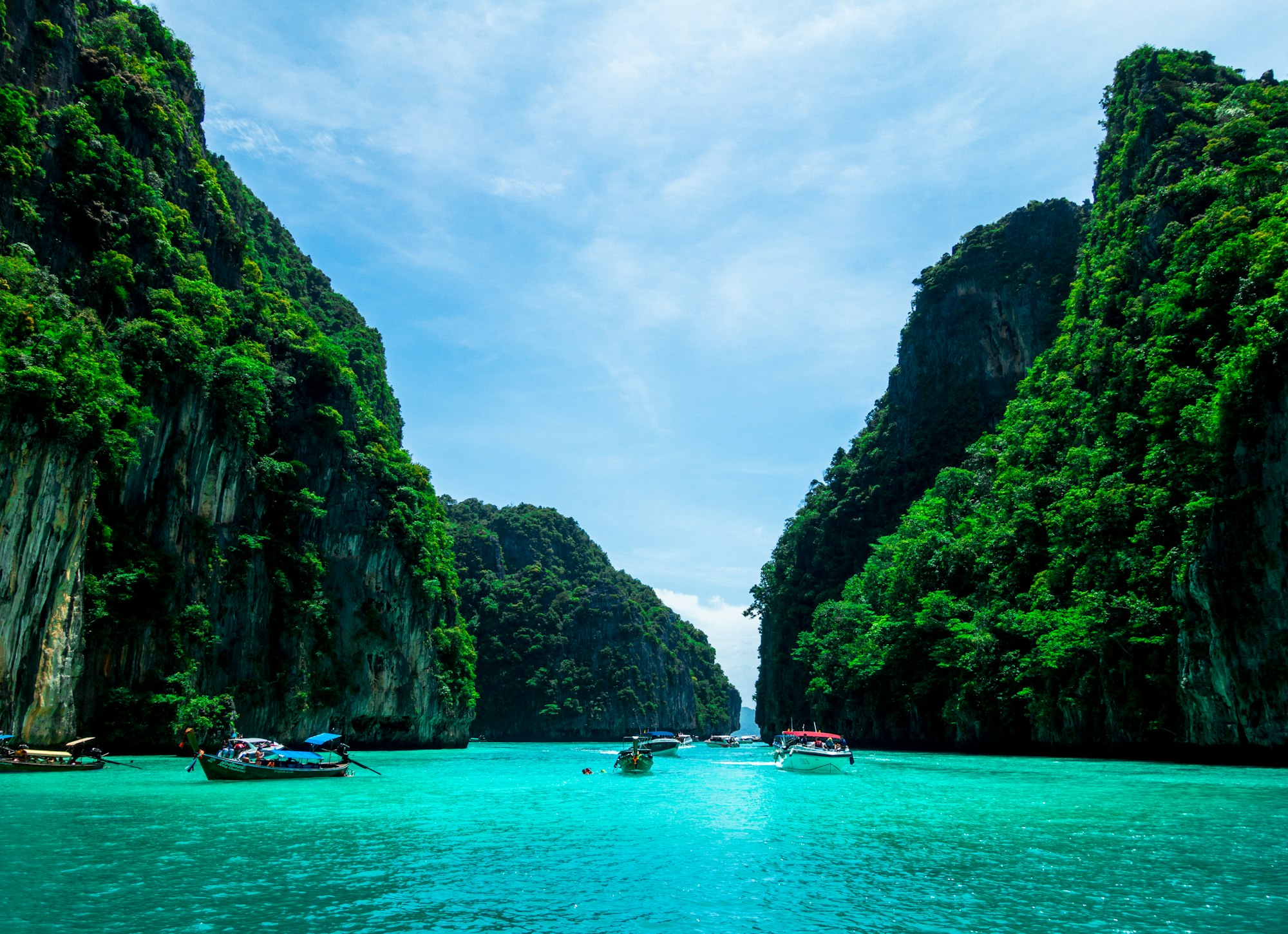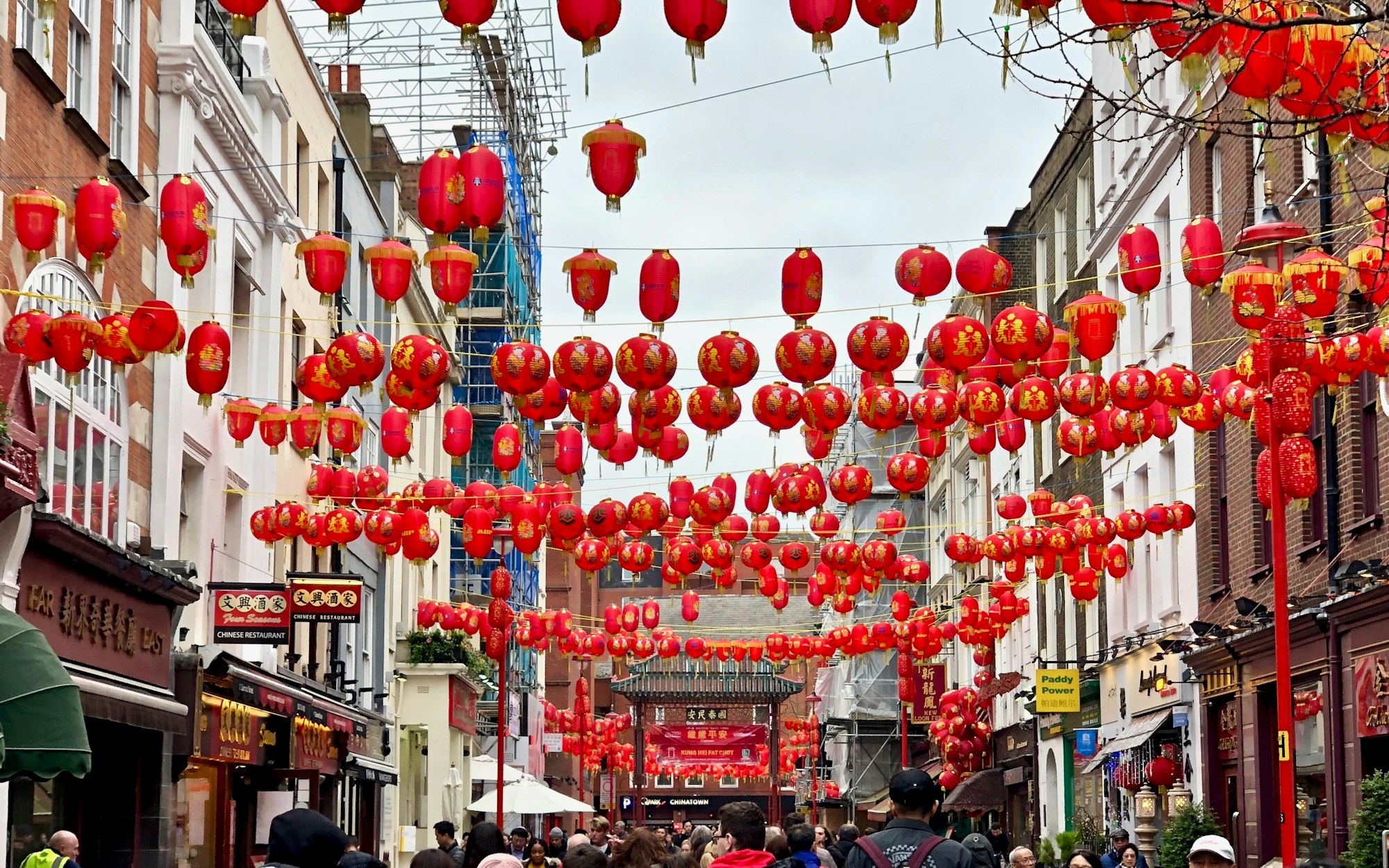
The Nation That Comes Out from Postcard 🏰: Ireland
They say Ireland is a stunner, and it's breathtakingly true!
4. Old Library & Book of Kells

The Old Library at Trinity College is home to some of the most treasured books and artifacts in Dublin. The centerpiece is the Book of Kells, a beautiful illuminated manuscript of the four Gospels of the New Testament.

Unfortunately, only a few pages are on display at any given time, so visitors may only get a quick glimpse of this amazing book. However, they can spend more time in the Long Room, which houses over 200,000 of the library's oldest and rarest volumes.

Other displays in the Old Library include a copy of the Proclamation of the Irish Republic, read by Pádraig Pearse at the beginning of the Easter Rising in 1916, as well as the Trinity College Harp, the oldest medieval harp in Ireland and the model for the Guinness logo and the flag of the Irish president.
5. Guinness Storehouse
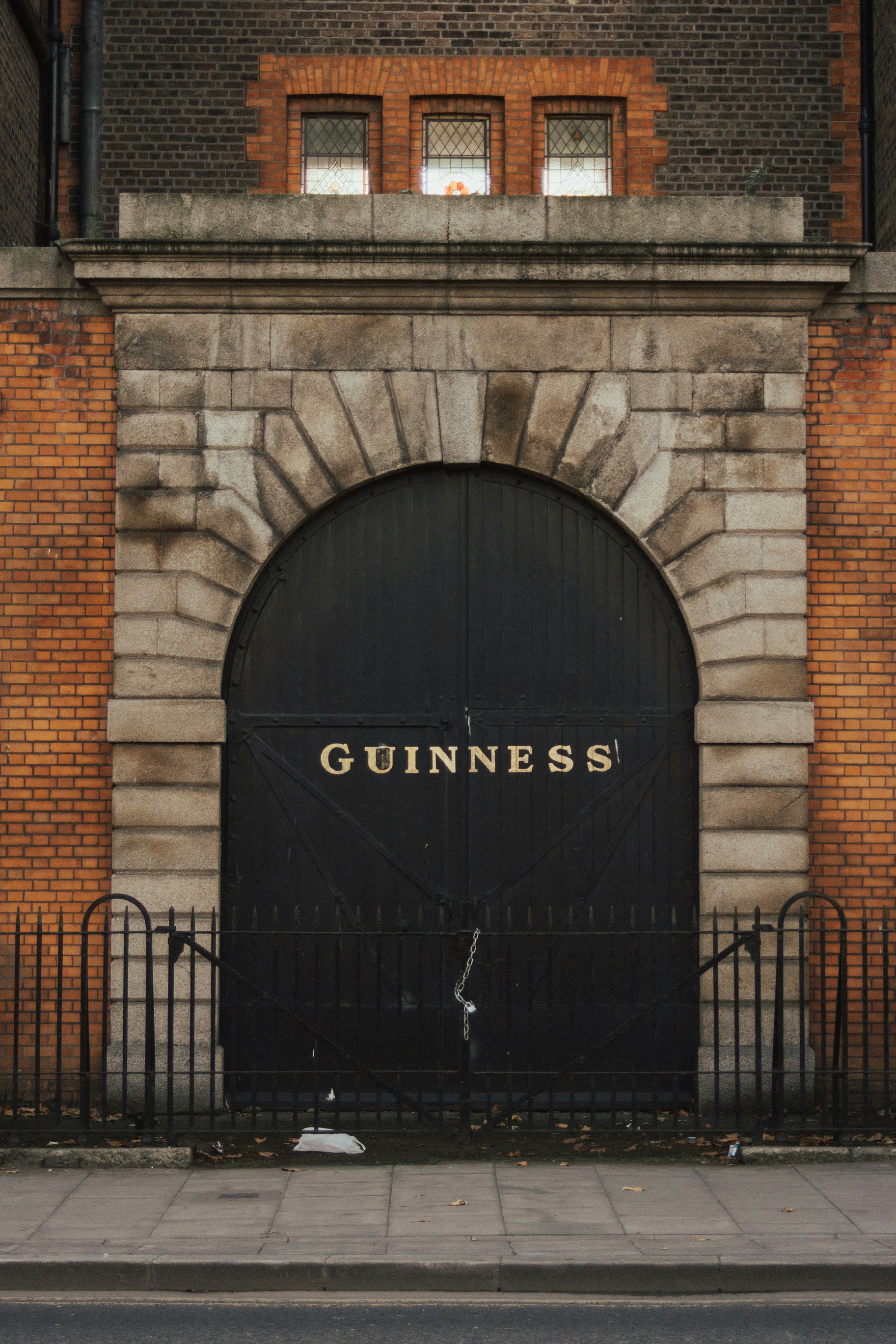
The most popular attraction in Dublin is the Guinness Storehouse, a seven-storey museum devoted to the beer, the company’s history, how the beer is made, and how it became the brand it is today.

The top floor Gravity Bar is an atrium bar, where you can test your pouring power and drink a pint. Just below it is an excellent restaurant for lunch.
6. Kilmainham Gaol

You absolutely must visit Kilmainham Gaol, former prison, if you desire to understand Irish history, especially the long-running resistance to British colonial rule.
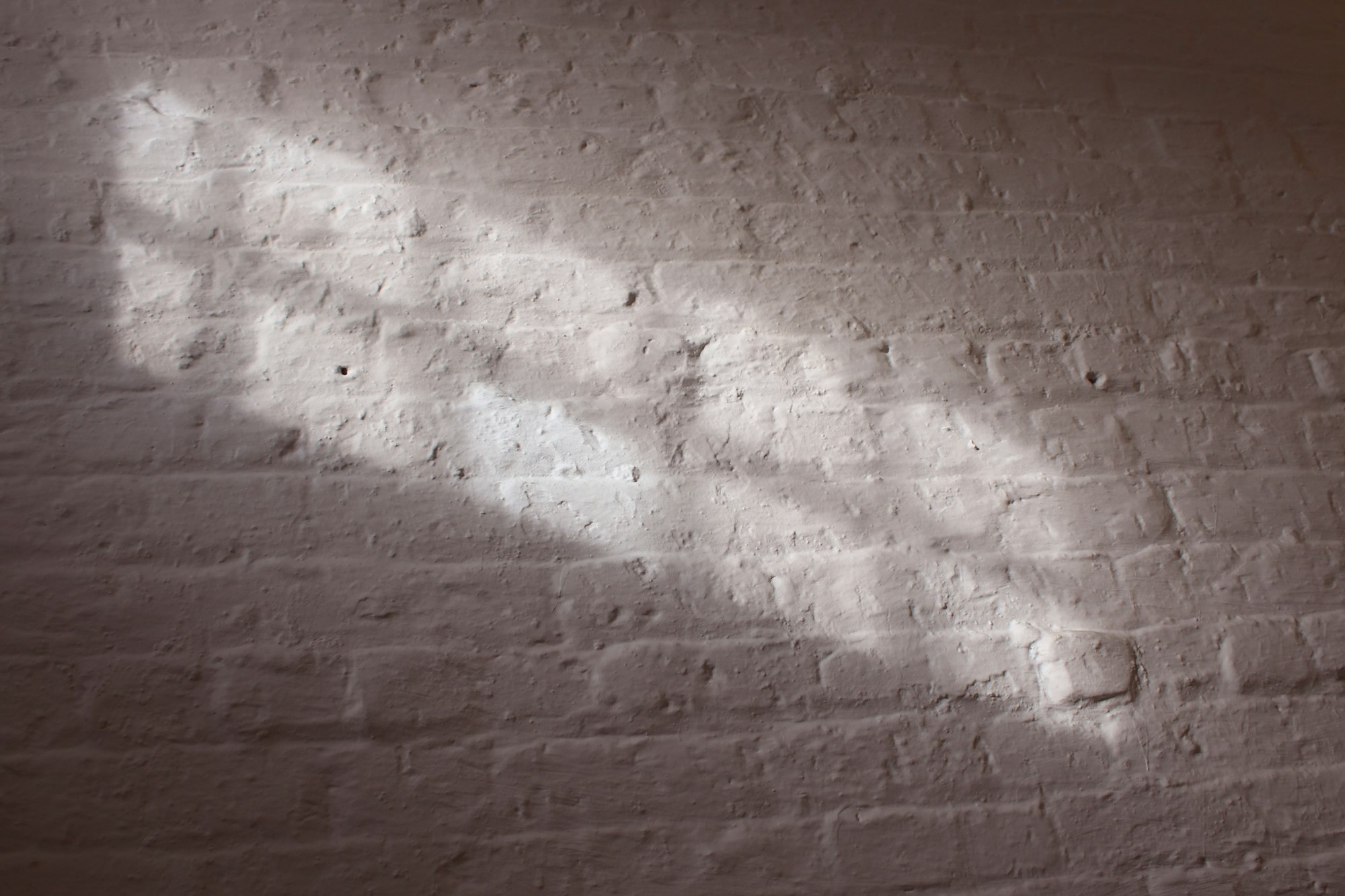
The former prison in Ireland that is now a museum. The museum has an enthralling exhibit on the history of Irish nationalism. The tour of the prison takes about 90 minutes and finishes in the yard where the leaders of the failed 1916 Easter Rising were executed.
7. Dublin Castle
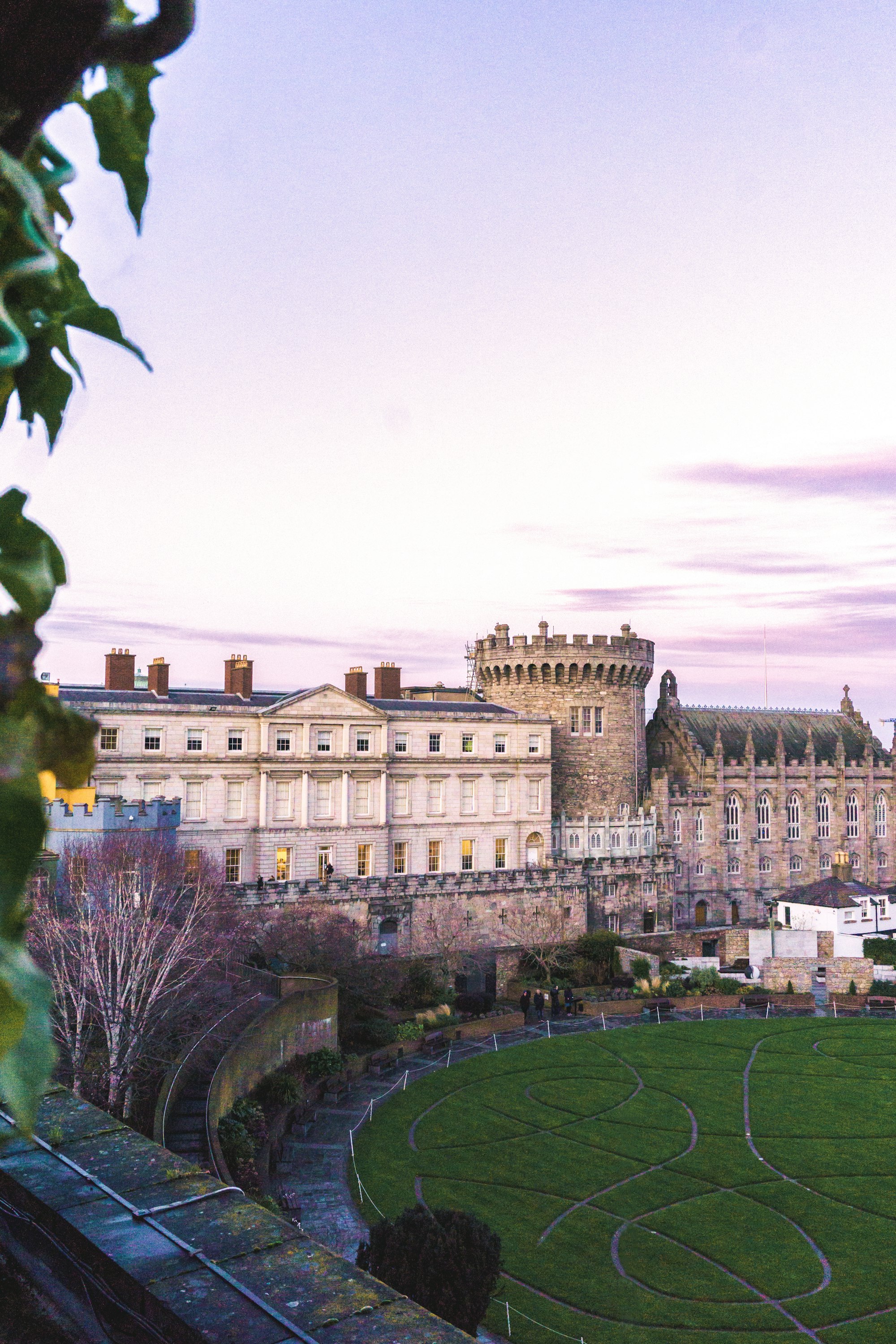
Dublin Castle has been a central part of Irish history for 700 years, playing both positive and negative roles. The castle complex now houses the Irish government and various functions are held there.

A guided tour is the only way to see the best parts of the castle, including the State Apartments, St. Patrick's Hall, and the medieval undercroft. The castle grounds also display a variety of architectural styles from different centuries.
8. Monasterboice

In the eery atmosphere due to the crowing ravens, the Monasterboice monastic site contains a cemetery, two ancient church ruins, one of the finest and tallest round towers in Ireland, and two of the most important high crosses.

The Monasterboice monastic site was founded in the 5th or 6th century by St. Buithe. The site probably had pre-Christian significance. The river is named after St. Buithe. An invading Viking force took over the settlement in 968, only to be expelled by Donal, the Irish high king of Tara.
Read next


Celebrity-Frequented Ski Resort
